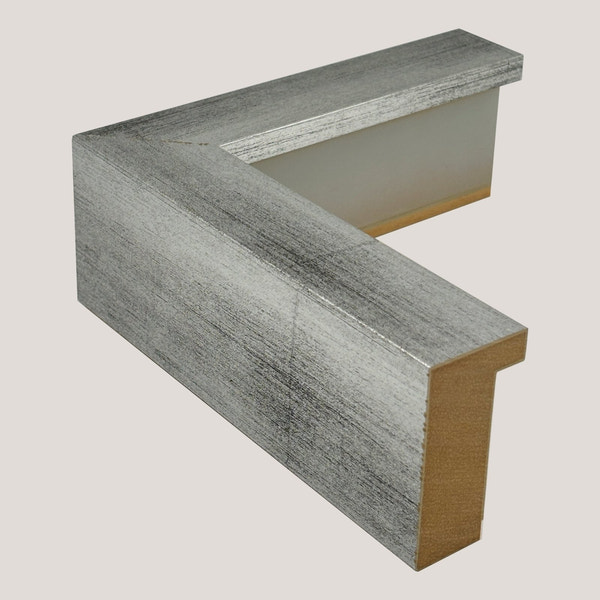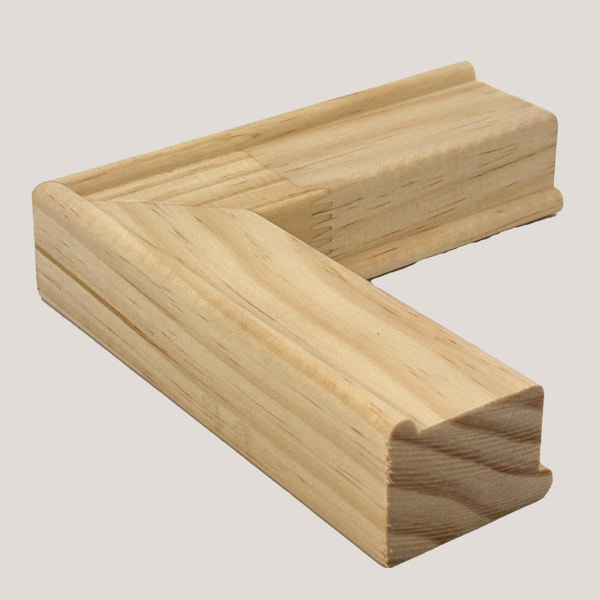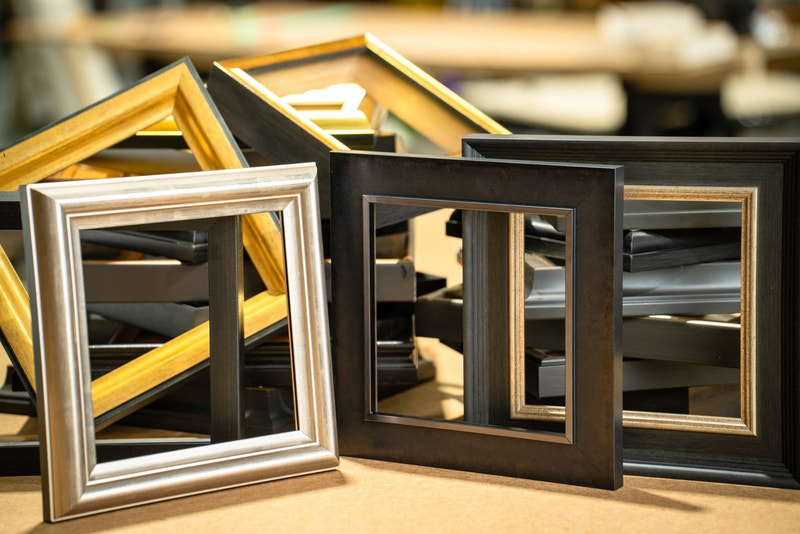Art Framing Tips from the Gallery: How to Choose Frames That Sell
Art framing tips can make or break how your work is received in a gallery. Framing is one of the most important—and often overlooked—parts of presenting your artwork. The right frame doesn’t just make a piece look good; it helps it sell.
As one of our gallery owner customers explained, the frames you choose can make the difference between art that gets scooped up right away and art that sits gathering dust. This guide shares art framing tips from the gallery to help you pick frames that are stylish, versatile, and appealing to today’s buyers.
Why Framing Matters for Artists
Every artist knows that first impressions matter. From across a gallery, it’s the combination of the art and frame that grabs attention. That’s why framing should never be an afterthought.
-
Frames boost sales. Well-framed art feels more polished and complete.
-
Some buyers prefer to choose their own frames—offer both framed and unframed options.
-
Avoid dated, bulky frames. Heavy or ornate designs often make even great art look old-fashioned.
-
Think of framing like styling for your art: it should enhance, not overwhelm.
General Art Framing Tips for Artists
Here are some tried-and-true art framing tips that work well in galleries:
-
Stay modern and minimal. Thin profiles, floaters, and subtle touches of gold are in style.
-
Check design trends. Just as artists follow art trends, check design trend sites for frame inspiration.
-
Match frame to subject. Wood works beautifully with landscapes; sleek metal pairs well with abstract art.
-
Blend with the show. Frames should look good not just with your piece, but with nearby works on the wall.
-
Invest in quality. Walnut or Italian hardwoods justify higher pricing.
Benefits of Modern Framing Styles
Modern gallery frames are designed to do one thing: show off the art.
-
They don’t overpower the work—slim frames save wall space.
-
They raise the perceived value instantly.
-
They match home decor, from neutral walls to contemporary offices.
-
They speed up sales: black, white, or subtle gold frames appeal broadly.
-
They protect your work from dust and damage.
Floater Frames: Depth and Dimension
Floater frames are one of the most popular styles in galleries today. They give the illusion that the canvas is floating, adding depth and drama.
Examples of gallery floaters:
-
Logan Floater – Italian-inspired elegance.
-
Kiawah Floater – U.S.A-made hardwood with natural grain.
-
Reid Floater – A curved edge for softness.
-
Hailey Floater – Square, modern, and versatile.
Stem Frames: Sleek and Seamless
If you love the look of floaters but want something simpler, stem frames are a fantastic option. They hug the canvas tightly, creating a clean, minimal appearance.
Popular stem frames include:
-
Belmont Stem – Italian-inspired with smooth lines.
-
Gadsden Stem – A seamless alternative to Reid’s design.
-
Chalmers Stem – Lightweight, modern, and easy to hang.
Additional Considerations for Framing
-
Balance cost and quality—cheap frames can ruin a piece.
-
Use neutral tones: black, white, subtle gold.
-
Stay sustainable with eco-friendly or recycled woods.
-
Adjust prices when upgrading frames—highlight craftsmanship.
-
Protect frames during storage and transport.
Conclusion: Frame to Sell
Framing isn’t just about finishing your work—it’s about making it easier for buyers to fall in love with it. The right frame draws attention, enhances the art, and helps it sell faster.
-
Choose wide-appeal, modern frames.
-
Mix floaters and stems for variety.
-
Stay updated with trends and sustainability.
When you apply these art framing tips, you not only boost sales—you elevate your brand as an artist.
👉 Explore our contemporary gallery frames today and see how the right frame transforms your work.






















